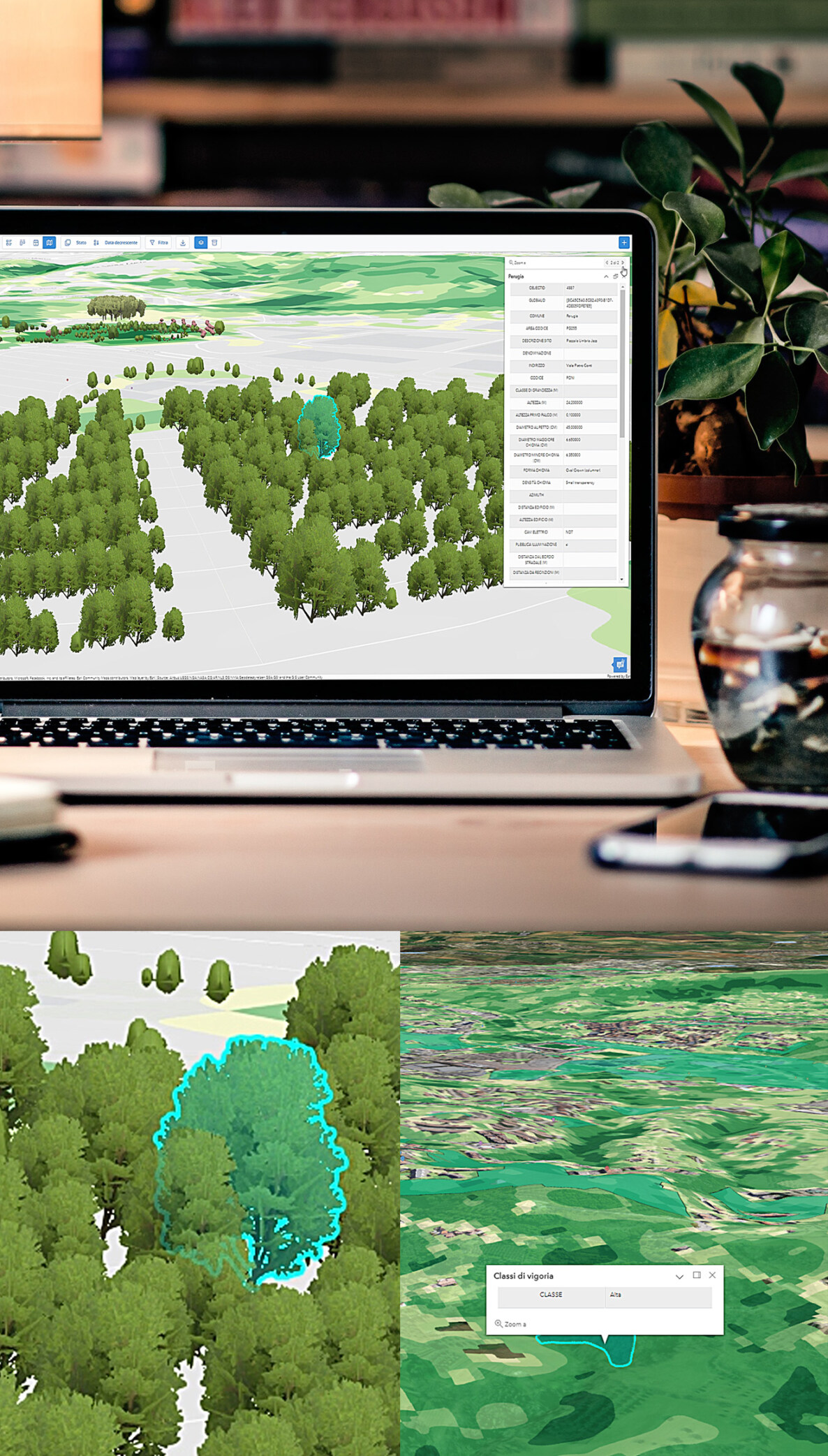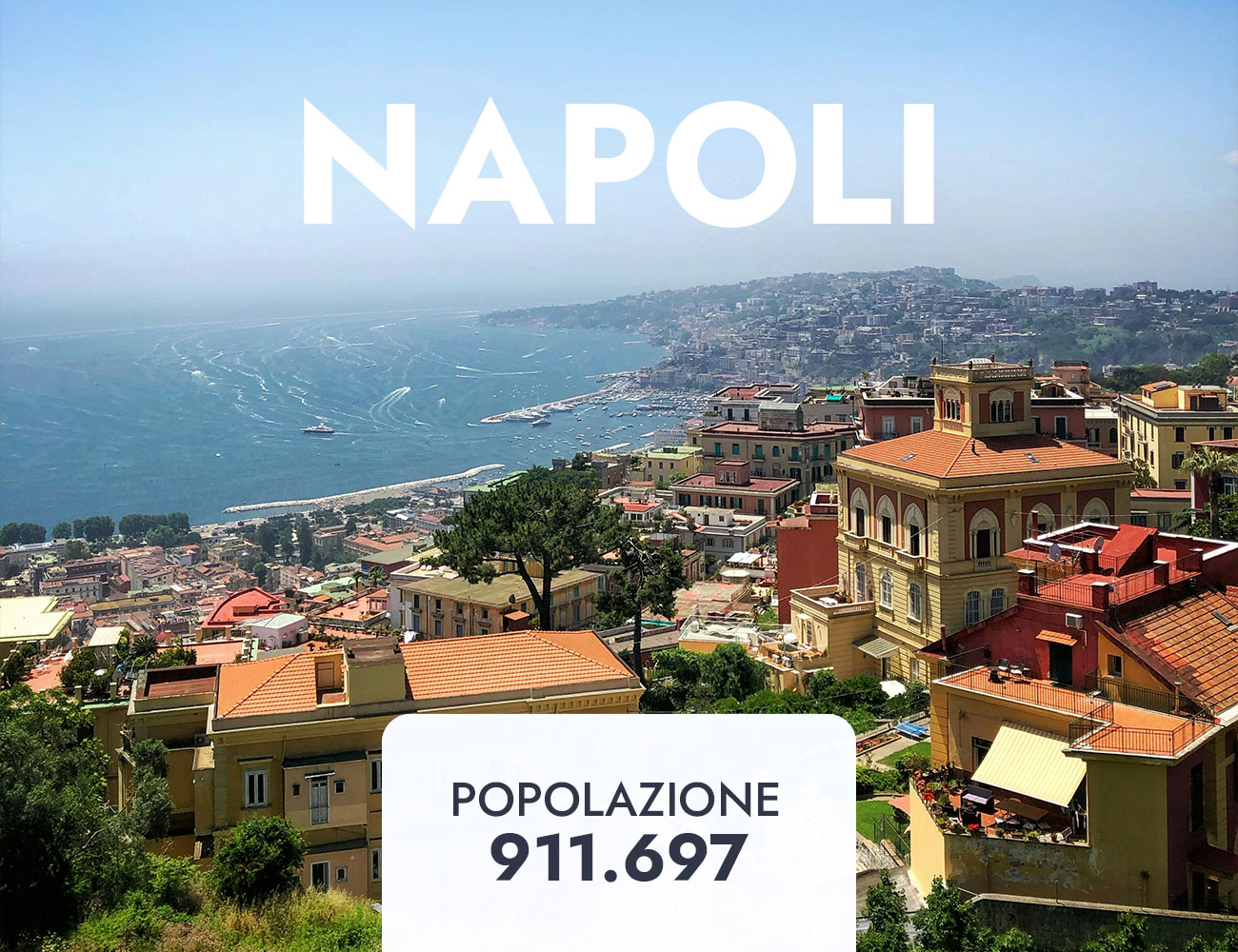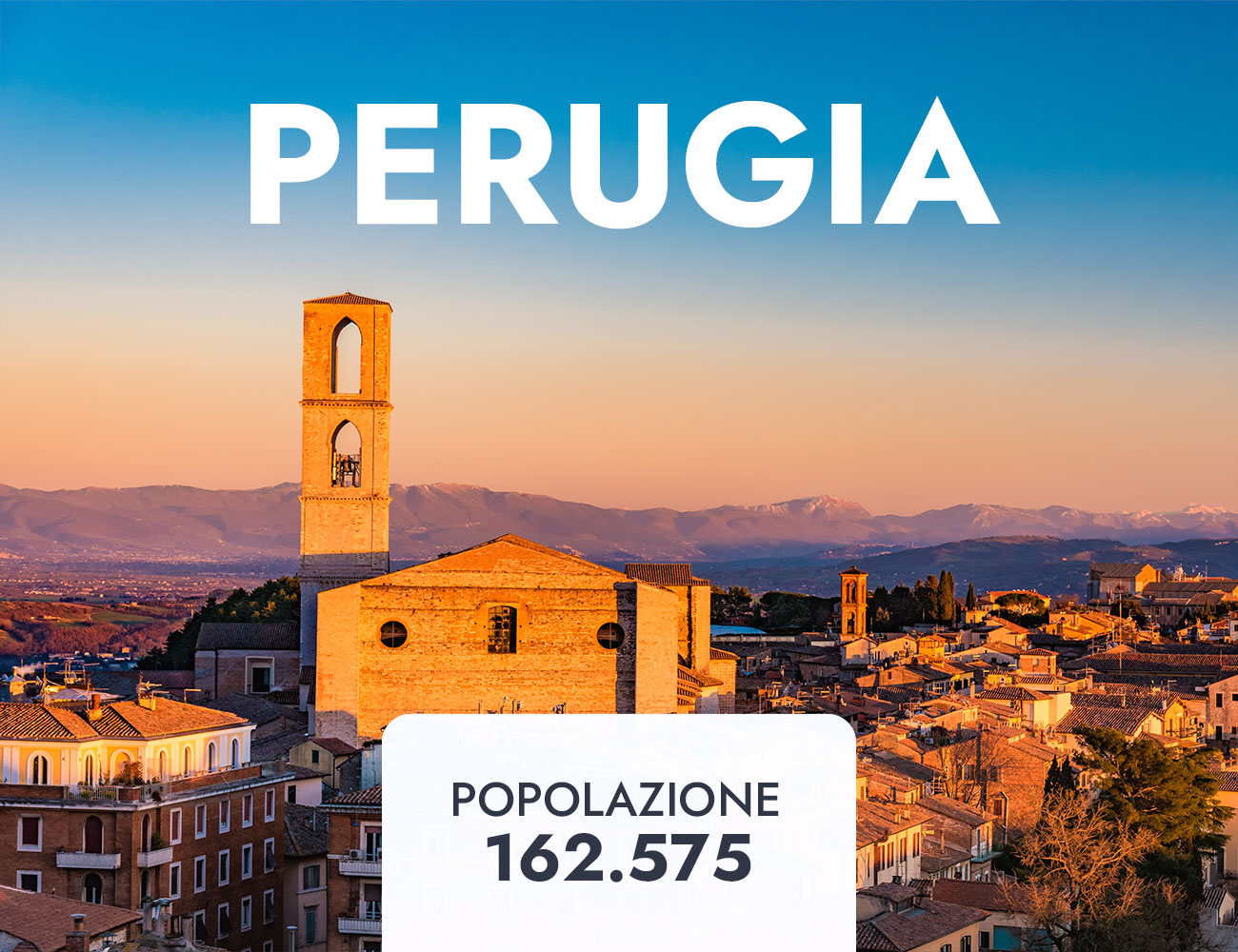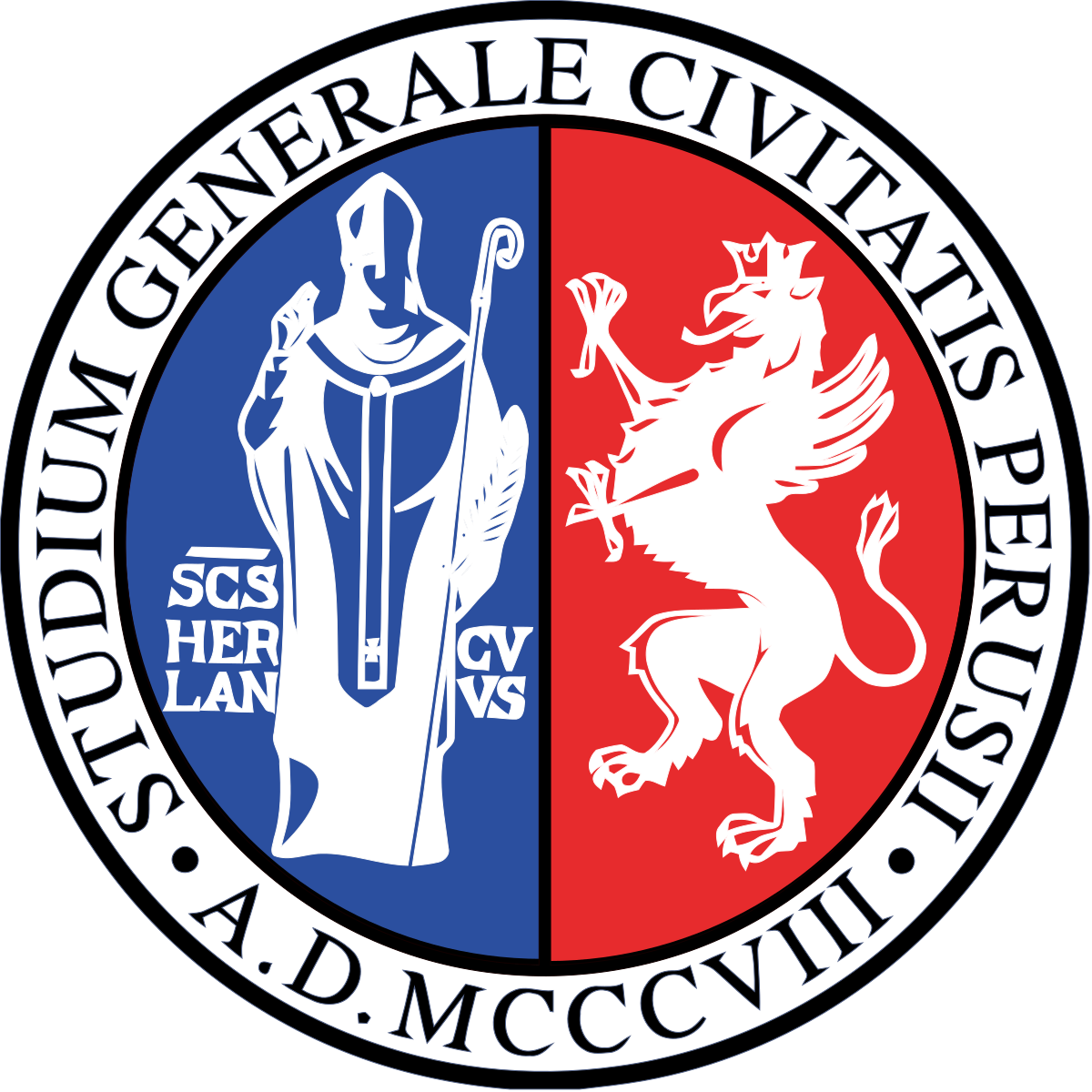The Urban Evolution project aims to address the challenges of air quality and urban pollution by analyzing urban CO2 flows from both anthropogenic and biogenic sources, particulate matter distribution, and high-resolution urban heat islands (UHI).
Pilot City
The project integrates nature-based solutions (NBS) through the habitat template approach, coupled with advanced urban simulation algorithms, validated in three pilot cities: Naples, Catania, and Perugia.
Evaluation tools for improving air quality and mitigating UHIs will be incorporated into decision-support dashboards.
Pilot cities: Napoli, Catania, Perugia
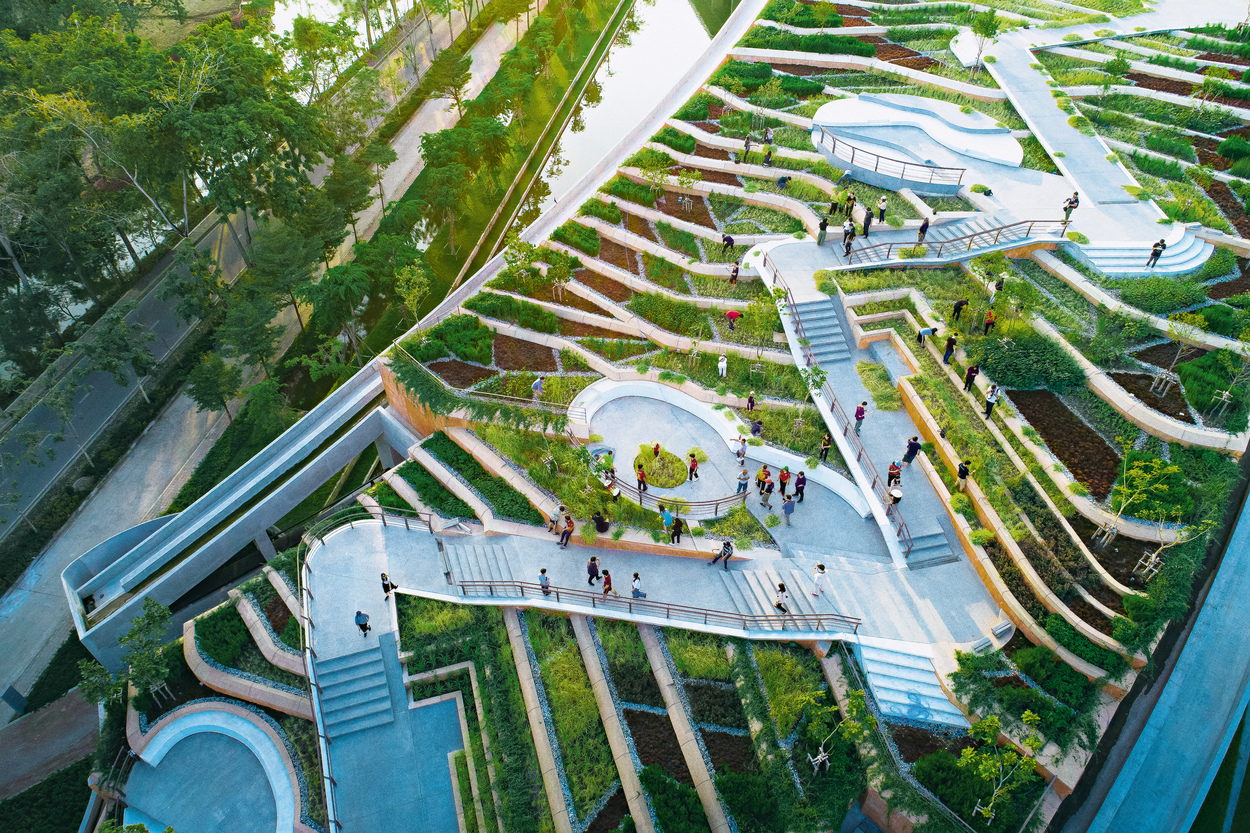

Urban Pollution
A growing challenge
Urban residents are increasingly exposed to excessive levels of air pollution, with detrimental effects on health and the economy. Cities themselves are major contributors, accounting for over 70% of global anthropogenic CO2 emissions.
The 2015 Paris Agreement set the goal of reducing CO2 emissions by 50% by 2030 and achieving net-zero emissions by 2050. Urban green spaces play a crucial role in the carbon cycle, offsetting up to 40% of a city’s CO2 emissions while enhancing air quality by removing particulate matter (PM).
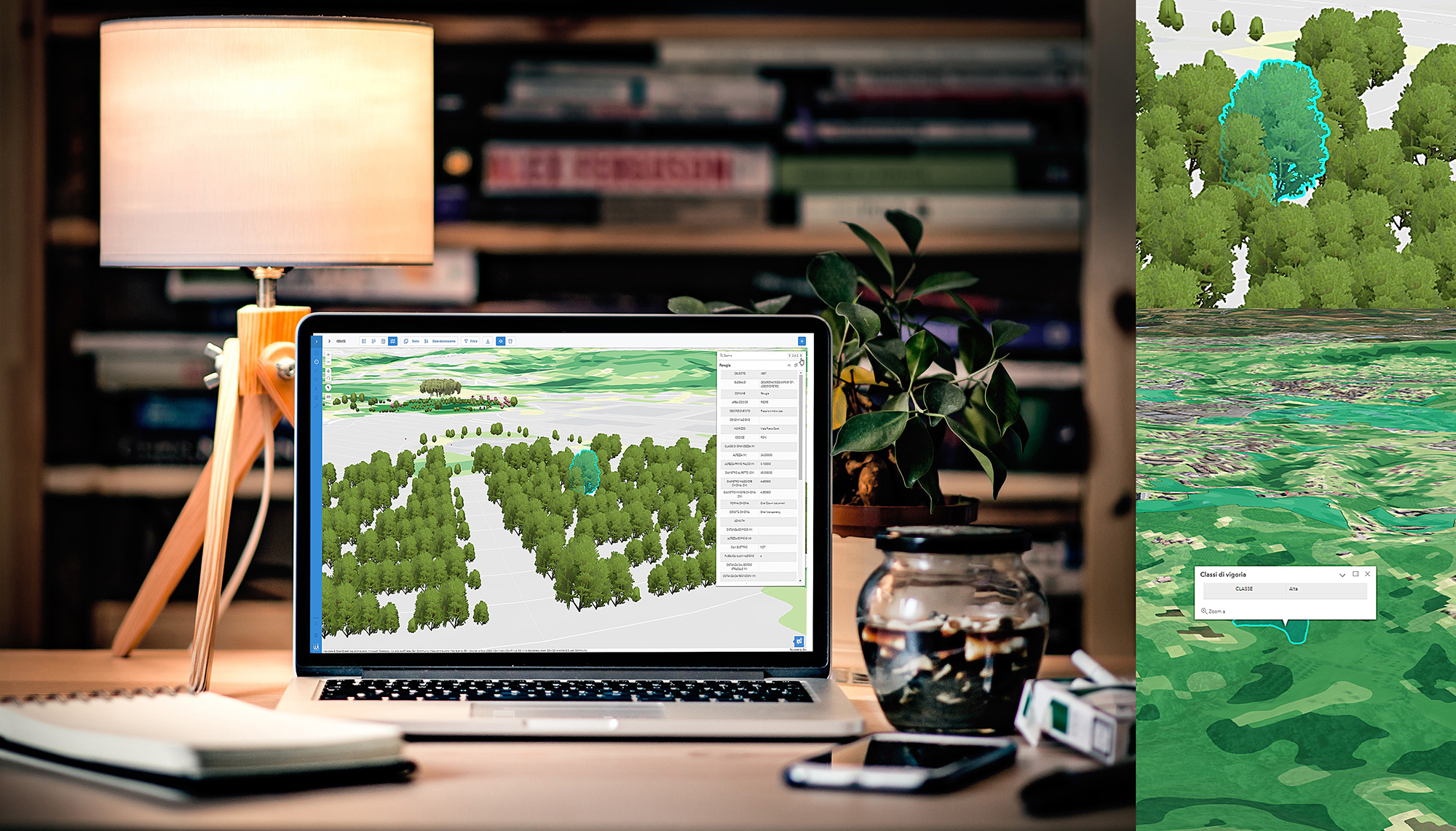
Evolution Project
The role of Technology
The Evolution project seeks to evaluate, through advanced artificial intelligence systems, the impact of nature-based solutions on enhancing and expanding green spaces to deliver a range of ecosystem services. These include improving air quality by intercepting particulate matter and other pollutants, regulating the urban microclimate, mitigating urban heat islands, enhancing quality of life, conserving biodiversity, absorbing greenhouse gases, and more.
Assessment tools for air quality improvement and UHI mitigation will be integrated into decision-support dashboards.
